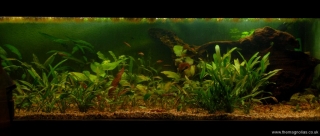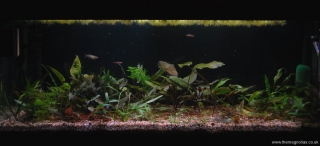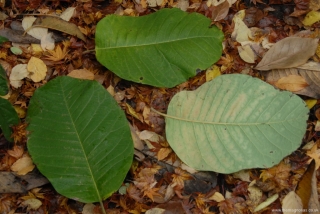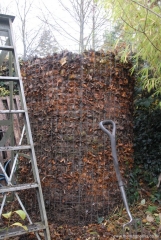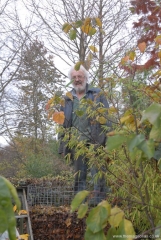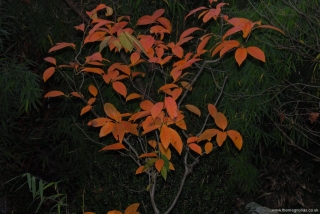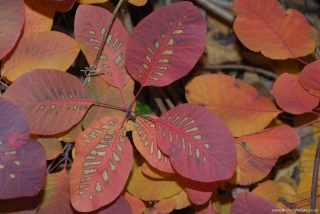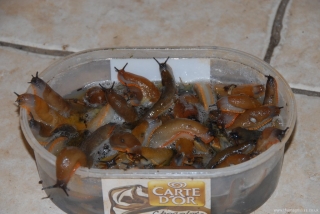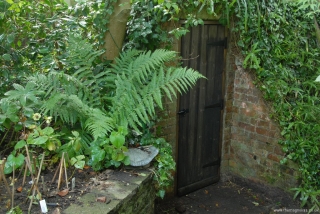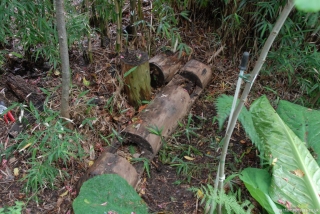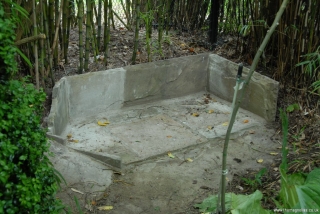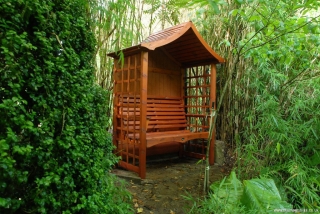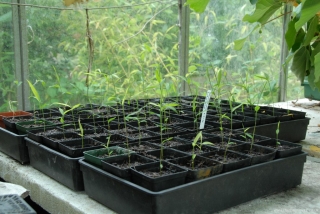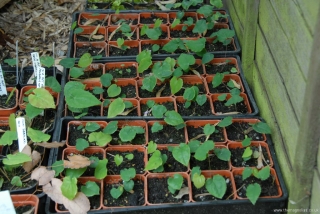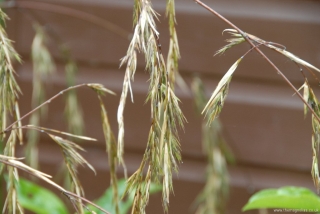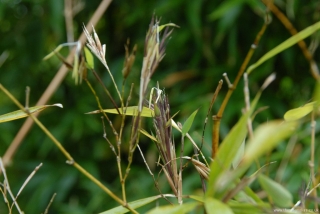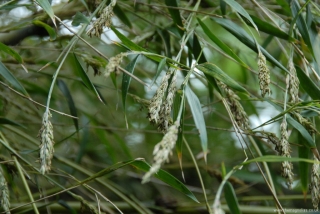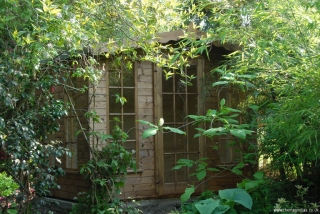We haven’t fancied gardening much in the cold and damp, since finishing our leaf collecting. Besides the leaf tower is full anyway.
We have therefore done some intensive, indoor aquatic gardening, over the last few weeks.. I have kept tropical fish and aquarium plants for approximately fifty years continuously. However interest has waxed and wained, over the half century.
Linda suggested, when driven in doors in early November, that we do something else with an unheated tank with a huge filter running, and only one small, hardy Golden Rudd in it. The fish was put in the pond with its siblings and the tank emptied and cleaned. I have long been interested in a genus of tropical aroid plants called Cryptocoryne, some of which make slow growing and very attractive aquarium plants. We decided to make the tank into an Asian biotope, using Cryptocorynes almost exclusively.
We followed the advice of our close friend James, who owns and runs Wayside Aquatics, an immaculate bijou aquarium shop near us. He suggested we do a natural low-tech tank as a good way of growing Crypts, following the latest thinking. This involves a one inch layer of soil, low in organic matter, in the bottom of the tank. The ideal soil, apparently, is that produced by moles in their mole hills, or worm casts. Not having the patience to collect worm casts to cover an area of four square feet one inch deep, we searched out mole hills. We found some via another good friend, Mark, who is the gardener at Hutton Hall. He hadn’t seen any mole activity for months, but as if by magic, mole hills started appearing in the big lawn, there and then. He accused me of supernatural powers! Over the soil layer goes one inch of washed 2-3mm diameter gravel. Modest lighting was provided from one 1″ fluorescent tube and gentle circulation from one external Ehiem canister filter. A heater thermostat was added to maintain the tank at around 75°F .
Having set up the tank I was away, trawling the internet for Cryptocorynes. I ordered a sizeable collection from Germany, via eBay and others from three British online aquarium suppliers, as well as some bought straight from James. Would you believe it? – when they all arrived, I didn’t have room for them all, in the four foot tank.
We quickly decided on a tank in our bedroom, which had been empty of anything but cold water, since it was last used for raising tree frogs to froglet stage. This tank was hastily cleaned and had the remainder of our mole hill soil topped up with Wickes’ top soil added, plus gravel,as before. This time, as an experiment, we decided to add a CO2 system, we had redundant from an earlier project. This way we could see if the growth was better or different with additional carbon.. This tank is only three foot long and also has one fluorescent tube lighting and a slightly smaller external Ehiem filter and a heater thermostat.
A few weeks have now elapsed and despite some of the Crypts doing their famous trick of leaf melt, the great majority are settling in and producing new leaves, albeit frustratingly slowly. Some of them had an excuse for behaving badly, having been up to four days in the post, during the colder period of our early winter, not ideal for sensitive tropical aquatic plants.
A few shrimps and fish have been introduced to each tank, having waited four weeks or so to allow the chemistry of the water to settle to a stable and safe condition. Longer was probably advisable but it’s hard not putting a few animals in new tank set ups. We now have to wait patiently for the plants to grow and hopefully create a delightful living picture.
Well done if you’ve read this far!
Linda and I wish visitors to our website a happy and healthy New Year.

